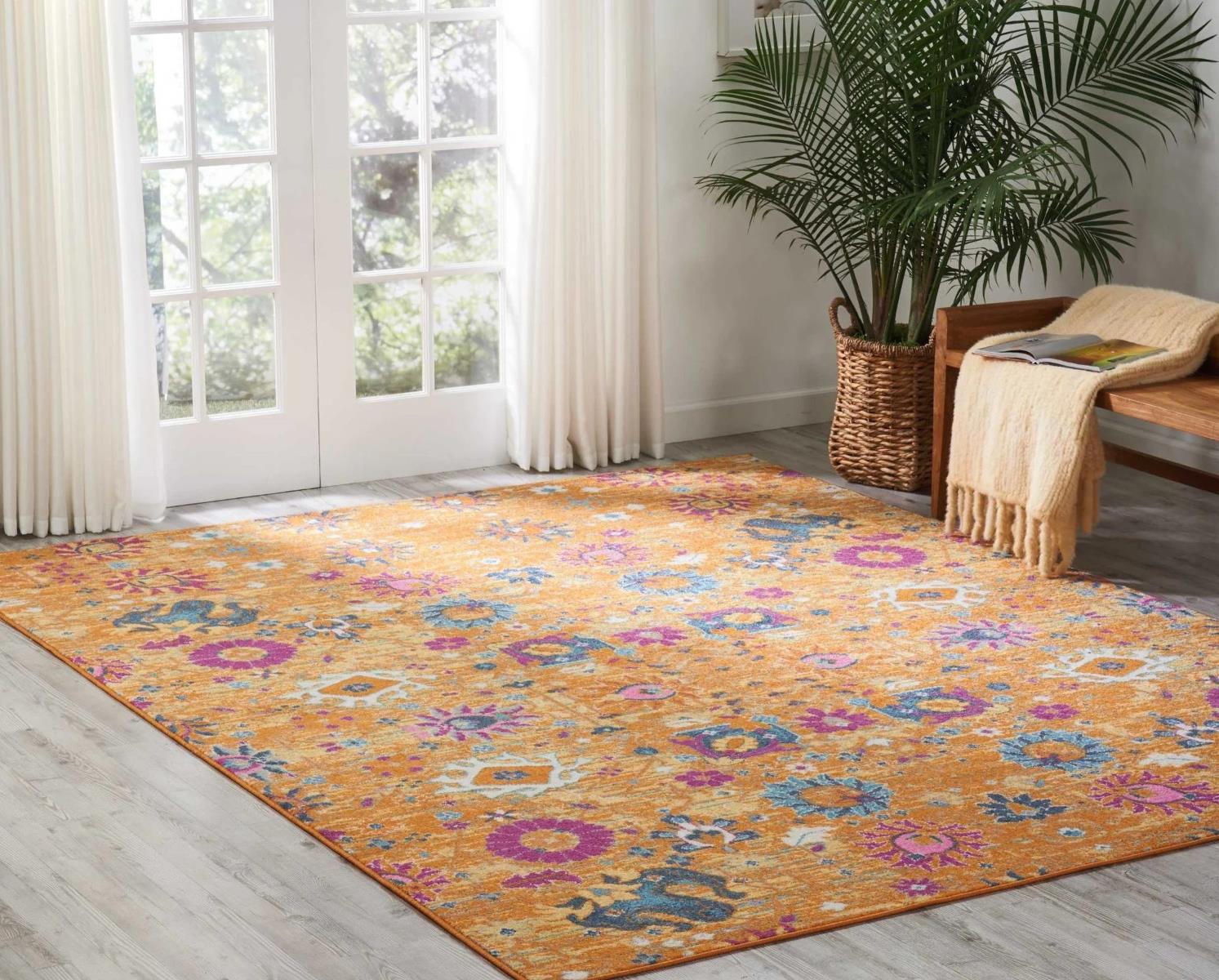

Articles
What Are Polypropylene Rugs
Modified: January 5, 2024
Discover the benefits and uses of polypropylene rugs in our informative articles. Learn more about this durable and versatile material for your home decor needs.
(Many of the links in this article redirect to a specific reviewed product. Your purchase of these products through affiliate links helps to generate commission for Storables.com, at no extra cost. Learn more)
Introduction
Polypropylene rugs have become increasingly popular in the world of interior design and home decor. With their durability, affordability, and versatility, they are widely used in many households and commercial spaces. This article aims to provide a comprehensive overview of polypropylene rugs, including their definition, benefits, characteristics, cleaning and maintenance tips, comparison with other rug materials, common uses, and potential drawbacks.
If you are considering adding a rug to your space, understanding the features and advantages of polypropylene rugs can help you make an informed decision. So, let’s dive into the world of polypropylene rugs and explore why they are a popular choice for many homeowners and designers.
Key Takeaways:
- Polypropylene rugs offer durability, moisture resistance, and affordability, making them a practical choice for high-traffic areas and outdoor spaces. Their wide range of designs adds versatility to any interior style.
- While polypropylene rugs may lack the luxurious feel of natural fibers, their stain resistance, easy maintenance, and UV resistance make them a popular and convenient option for homeowners and designers.
Read more: How Do You Clean Polypropylene Rugs
Definition of Polypropylene Rugs
Polypropylene rugs, also known as olefin rugs, are a type of synthetic rug made from a thermoplastic polymer called polypropylene. This material is derived from propylene, a byproduct of petroleum refining. Polypropylene rugs are woven or tufted using machines, resulting in a durable and affordable option for flooring.
One of the key properties of polypropylene is its resistance to moisture, stains, and fading. This makes polypropylene rugs suitable for high-traffic areas such as living rooms, dining rooms, and entryways, as well as outdoor spaces like patios and porches.
Polypropylene rugs come in a wide range of colors, patterns, and designs, making it easy to find a rug that complements the style and ambiance of any room. Whether you prefer a traditional, contemporary, or bohemian look, you can find a polypropylene rug to suit your taste.
Additionally, polypropylene rugs are often treated with anti-static properties, making them less likely to attract dust and dirt. This attribute makes maintenance and cleaning easier compared to natural fiber rugs like wool or cotton.
In summary, polypropylene rugs are synthetic rugs made from polypropylene fibers. They are highly resistant to moisture, stains, and fading, making them suitable for various indoor and outdoor spaces. Their versatility, affordability, and ease of maintenance contribute to their popularity among homeowners and designers.
Benefits of Polypropylene Rugs
Polypropylene rugs offer numerous benefits that make them a preferred choice for many homeowners. Here are some of the advantages of using polypropylene rugs:
- Durability: One of the primary benefits of polypropylene rugs is their durability. These rugs can withstand heavy foot traffic and are resistant to wear and tear. Unlike natural fiber rugs, polypropylene rugs are less likely to shed or develop fuzziness over time.
- Moisture Resistance: Polypropylene rugs have excellent moisture resistance, which means they are less prone to mold and mildew growth. This feature makes them suitable for humid environments or areas prone to spills and moisture, such as kitchens or bathrooms.
- Stain Resistance: Another advantage of polypropylene rugs is their resistance to staining. The fibers have a low absorbency rate, making it easier to clean and remove stains from the rug’s surface. This feature is particularly beneficial for households with children or pets.
- UV Resistance: Polypropylene rugs are resistant to fading and damage caused by exposure to sunlight. This makes them a great choice for outdoor spaces or rooms with large windows that receive a lot of sunlight. The colors and patterns of polypropylene rugs will stay vibrant and intact for a longer time.
- Affordability: Polypropylene rugs are generally more affordable compared to natural fiber rugs like wool or silk. They offer a cost-effective option without compromising on quality or aesthetics, making them a budget-friendly choice for many homeowners.
- Easy Maintenance: Polypropylene rugs require minimal maintenance and are easy to clean. Most spills can be easily wiped away with a damp cloth or cleaned with mild soap and water. They also have inherent stain-resistant properties, reducing the need for frequent professional cleaning.
Overall, the durability, moisture resistance, stain resistance, UV resistance, affordability, and easy maintenance of polypropylene rugs make them a practical and attractive choice for both indoor and outdoor spaces.
Characteristics of Polypropylene Rugs
Polypropylene rugs exhibit distinctive characteristics that contribute to their popularity and versatility. Here are the key characteristics of polypropylene rugs:
- Soft and Comfortable: Despite being a synthetic material, polypropylene rugs offer a soft and comfortable feel underfoot. The fibers are designed to provide a plush and cushioned surface, adding a cozy touch to any room.
- Lightweight: Polypropylene rugs are relatively lightweight compared to natural fiber rugs. This feature makes them easy to move and rearrange, allowing for flexibility in changing the layout or moving the rug to different areas of the house.
- Colorfastness: Polypropylene rugs are known for their colorfastness, meaning they retain their color vibrancy even after prolonged exposure to sunlight. This makes them ideal for rooms with large windows or outdoor spaces that receive direct sunlight.
- Anti-Static Properties: Many polypropylene rugs are treated with anti-static properties, preventing the buildup of static electricity. This reduces the likelihood of shocks and prevents the attraction of dust and dirt to the rug’s surface.
- Hypoallergenic: Polypropylene rugs are hypoallergenic, making them a suitable choice for individuals with allergies or sensitivities. The synthetic fibers do not attract or harbor dust mites, pollen, or other common allergens.
- Non-Toxic: Polypropylene rugs are safe and non-toxic, as the material used does not contain harmful chemicals or substances. This makes them a great option for households with children and pets.
- Wide Range of Designs: Polypropylene rugs come in a variety of designs, colors, and patterns to suit different interior styles and preferences. Whether you prefer a traditional, modern, or eclectic look, you can find a polypropylene rug that complements your decor.
These characteristics, including the softness, lightweight nature, colorfastness, anti-static properties, hypoallergenic nature, non-toxic composition, and diverse design options, make polypropylene rugs a desirable choice for homeowners seeking practicality, comfort, and aesthetic appeal.
How to Clean and Maintain Polypropylene Rugs
Proper cleaning and maintenance of polypropylene rugs can help prolong their lifespan and keep them looking fresh and vibrant. Here are some tips on how to clean and maintain polypropylene rugs:
- Vacuum Regularly: Regular vacuuming is essential to remove dirt, dust, and debris from the rug’s surface. Use a vacuum cleaner with a brush attachment or a vacuum specifically designed for rugs to thoroughly clean both sides of the rug.
- Immediate Spill Cleanup: If a spill occurs, act quickly to prevent staining. Blot the spill gently with a clean cloth or paper towel to absorb as much liquid as possible. Avoid rubbing the spill, as it could cause the stain to spread. Once the excess liquid has been absorbed, clean the area with mild soap and water.
- Spot Cleaning: For stubborn stains or specific areas that require cleaning, mix a mild detergent with warm water. Gently scrub the stained area using a soft brush or sponge. Rinse the area with clean water and blot dry with a clean cloth or towel.
- Professional Cleaning: It is recommended to have polypropylene rugs professionally cleaned once or twice a year. Professional cleaning can help remove deep-seated dirt and maintain the rug’s overall appearance. Follow the manufacturer’s instructions or consult a professional cleaning service for the best results.
- Avoid Harsh Chemicals: When cleaning polypropylene rugs, avoid using harsh chemicals, bleach, or strong cleaning agents. These substances can damage the fibers and affect the rug’s performance and appearance.
- Rotate the Rug: To ensure even wear, rotate the rug periodically. This helps prevent certain areas of the rug from becoming more worn or faded than others. By rotating the rug, you can extend its lifespan and maintain its overall appearance.
- Use Rug Pads: Placing a rug pad underneath the polypropylene rug can provide additional cushioning, prevent slipping, and protect the floor underneath. Rug pads also help extend the life of the rug by reducing friction and wear.
By following these cleaning and maintenance tips, you can keep your polypropylene rug in excellent condition for years to come. Regular vacuuming, immediate spill cleanups, spot cleaning, professional cleaning, avoiding harsh chemicals, rotating the rug, and using rug pads are all essential practices to ensure the longevity and beauty of your polypropylene rug.
Polypropylene rugs are durable, stain-resistant, and easy to clean, making them a great choice for high-traffic areas. To maintain their appearance, vacuum regularly and spot clean as needed. Avoid using harsh chemicals or high heat when cleaning to prevent damage.
Read more: What Are Rugs
Comparison of Polypropylene Rugs with Other Rug Materials
When choosing a rug, it’s important to consider the material and its specific characteristics. Here is a comparison of polypropylene rugs with other popular rug materials:
- Wool Rugs: Wool rugs are known for their luxurious feel and natural beauty. They are soft, durable, and provide excellent insulation. However, wool rugs are more expensive than polypropylene rugs and require more maintenance. They are also more prone to staining and may not be suitable for high-traffic areas.
- Cotton Rugs: Cotton rugs are lightweight, soft, and relatively affordable. They are easy to wash and maintain. However, cotton rugs may not be as durable as polypropylene rugs and can be prone to shrinking or fading over time. They are more suitable for low-traffic areas or rooms with less wear and tear.
- Synthetic Fiber Rugs: Polypropylene rugs fall into the category of synthetic fiber rugs. Other synthetic fiber options include nylon, polyester, and acrylic. While all synthetic fiber rugs offer durability, easy maintenance, and affordability like polypropylene rugs, they may vary in softness, stain resistance, and UV resistance. Nylon rugs, for example, are exceptionally durable, while polyester rugs may have a softer texture.
- Sisal and Jute Rugs: Sisal and jute rugs are natural fiber rugs made from plant materials. They are eco-friendly and have a unique texture. However, they are less resistant to moisture, stain, and fading compared to polypropylene rugs. They are also not recommended for areas with high humidity or frequent spills.
- Silk Rugs: Silk rugs are considered luxurious and have a silky smooth texture. They are known for their intricate designs and vibrant colors. However, silk rugs are expensive, delicate, and require professional cleaning. They are more suitable for low-traffic areas or formal rooms.
Each rug material has its own advantages and considerations. Polypropylene rugs offer a balance between durability, affordability, and easy maintenance. They are a great choice for high-traffic areas, households with children or pets, and outdoor spaces. However, if you prioritize luxury, natural fibers like wool or silk may be more suitable.
Ultimately, the choice of rug material depends on your specific needs, budget, and the desired aesthetic for your space.
Common Uses of Polypropylene Rugs
Due to their durability, versatility, and affordability, polypropylene rugs are widely used in various settings. Here are some common uses of polypropylene rugs:
- Living Rooms: Polypropylene rugs are a popular choice for living rooms, providing a cozy and comfortable surface for gathering and relaxation. They can withstand heavy foot traffic and are resistant to stains, making them ideal for family-friendly spaces.
- Dining Rooms: Dining rooms often experience spills and messes. Polypropylene rugs are highly resistant to stains and are easy to clean, making them perfect for dining areas where accidental spills may occur.
- Bedrooms: Polypropylene rugs can be used in bedrooms to add warmth and comfort to the space. They provide a soft surface for bare feet, making it more comfortable to step out of bed in the morning.
- Entryways and Hallways: Entryways and hallways are high-traffic areas that require a durable rug. Polypropylene rugs can withstand heavy use and effectively trap dirt and debris, preventing it from being tracked into the rest of the house.
- Outdoor Spaces: Polypropylene rugs are well-suited for outdoor use as they are resistant to fading and moisture. They can add a touch of style to patios, decks, or balconies, creating a comfortable and inviting outdoor living area.
- Kitchens and Bathrooms: The moisture resistance of polypropylene rugs makes them suitable for kitchen and bathroom use. They can withstand spills, drips, and damp environments, adding both functionality and style to these spaces.
- Commercial Spaces: Polypropylene rugs are also commonly used in commercial spaces such as offices, hotels, restaurants, and retail stores. They can withstand heavy foot traffic and maintain their appearance even in busy environments.
The versatility of polypropylene rugs allows them to be utilized in a variety of settings, whether it’s in residential or commercial spaces. From living rooms to outdoor areas, these rugs provide durability, functionality, and style in a wide range of applications.
Potential Drawbacks of Polypropylene Rugs
While polypropylene rugs offer numerous benefits, it’s important to consider their potential drawbacks as well. Here are some potential drawbacks of polypropylene rugs:
- Heat Sensitivity: Polypropylene rugs have a low melting point, which makes them sensitive to heat. Placing hot objects or exposing the rug to high temperatures can cause the rug to melt or warp. It is important to exercise caution and avoid placing hot items directly on polypropylene rugs.
- Not as Soft as Natural Fibers: While polypropylene rugs provide a soft surface, they may not have the same luxurious feel as natural fiber rugs like wool or silk. Depending on personal preference, some individuals may prefer the softness and texture of natural fibers.
- Lack of Breathability: Polypropylene is a synthetic material that is not as breathable as natural fibers. This means that polypropylene rugs may not provide as much ventilation as rugs made from materials like cotton or jute. In humid environments, the lack of breathability may lead to a less comfortable feel.
- Potential Off-Gassing: Some polypropylene rugs may emit odors or off-gas volatile organic compounds (VOCs) when they are first unrolled. This is a common occurrence with synthetic materials and is temporary. It is advisable to air out the rug in a well-ventilated space to help dissipate any odors or VOCs.
- Susceptible to Static Electricity: Polypropylene rugs may generate static electricity, especially in dry environments. This can be a minor inconvenience, but it can be reduced by using a humidifier in the room or employing anti-static spray on the rug.
- Not Biodegradable: Polypropylene is a synthetic material, which means it is not biodegradable. When a polypropylene rug reaches the end of its life cycle, it does not break down naturally and may contribute to waste. However, many manufacturers are taking steps to recycle or repurpose used polypropylene rugs to reduce their environmental impact.
Considering these potential drawbacks can help individuals make an informed decision when choosing the right rug for their needs and preferences. While polypropylene rugs may not be without their limitations, they continue to be a popular choice due to their durability, affordability, and resistance to stains and fading.
Conclusion
Polypropylene rugs offer a practical and affordable solution for homeowners and designers seeking durability, versatility, and ease of maintenance. With their resistance to moisture, stains, and fading, polypropylene rugs are suitable for high-traffic areas, outdoor spaces, and rooms prone to spills.
These rugs come in a wide range of colors, patterns, and designs, allowing for endless possibilities in matching different interior styles and preferences. Whether you’re looking for a traditional, contemporary, or bohemian look, you can find a polypropylene rug to suit your taste.
While polypropylene rugs have their advantages, it’s important to consider their characteristics and potential drawbacks. They may not offer the same softness as natural fiber rugs, and they are sensitive to heat. However, the benefits of affordability, durability, stain resistance, and easy maintenance make them a popular choice for many homeowners.
When cleaning and maintaining polypropylene rugs, regular vacuuming, immediate spill cleanups, and occasional professional cleaning are recommended. With proper care, polypropylene rugs can maintain their vibrant colors and overall appearance for years to come.
In conclusion, polypropylene rugs provide a practical and budget-friendly option for those looking to enhance the comfort and aesthetic appeal of their living spaces. Their durability, resistance to stains, and versatility make them an ideal choice for various rooms and settings. When considering the advantages and disadvantages, polypropylene rugs continue to be a popular and convenient choice for many homeowners and designers.
Frequently Asked Questions about What Are Polypropylene Rugs
Was this page helpful?
At Storables.com, we guarantee accurate and reliable information. Our content, validated by Expert Board Contributors, is crafted following stringent Editorial Policies. We're committed to providing you with well-researched, expert-backed insights for all your informational needs.
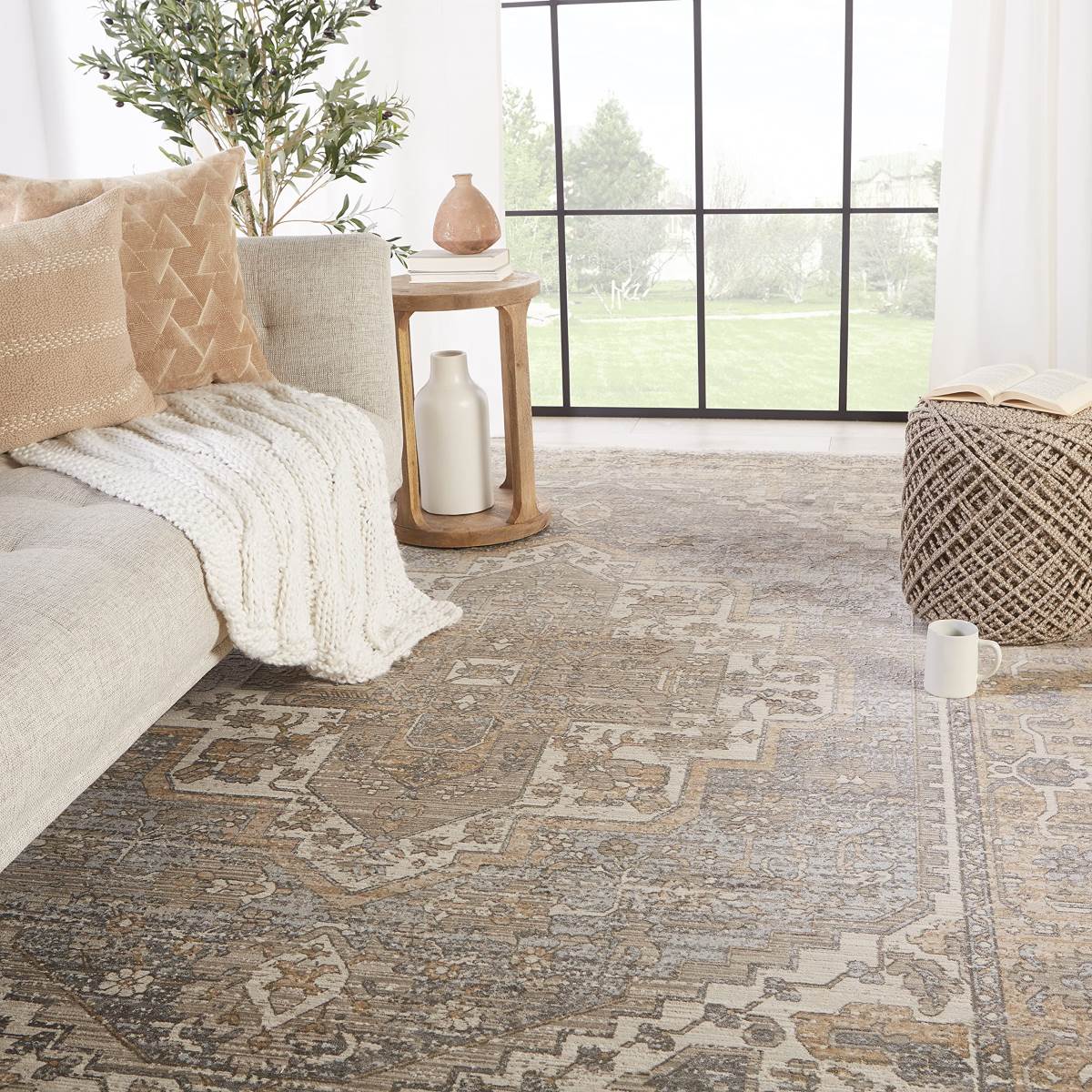
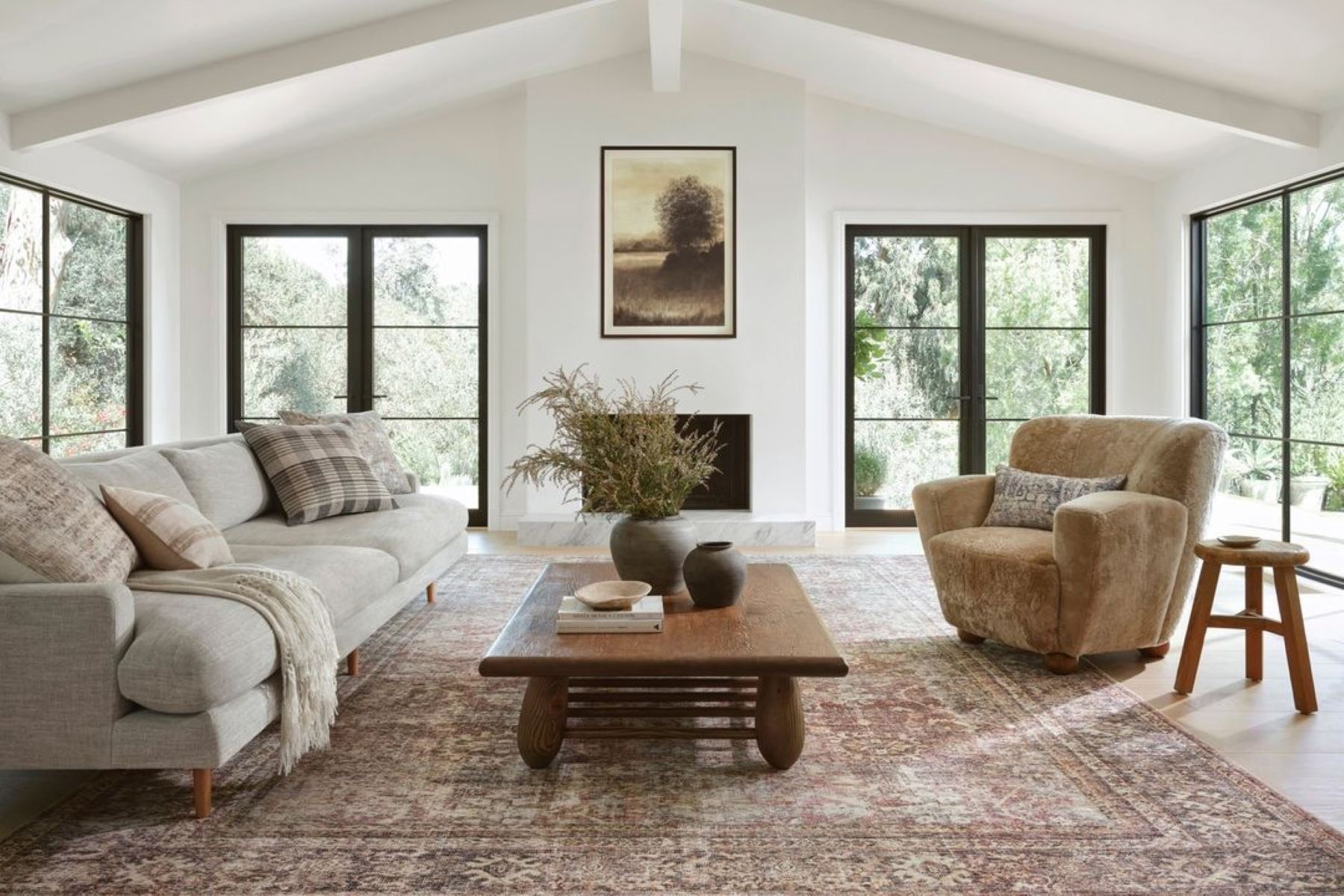
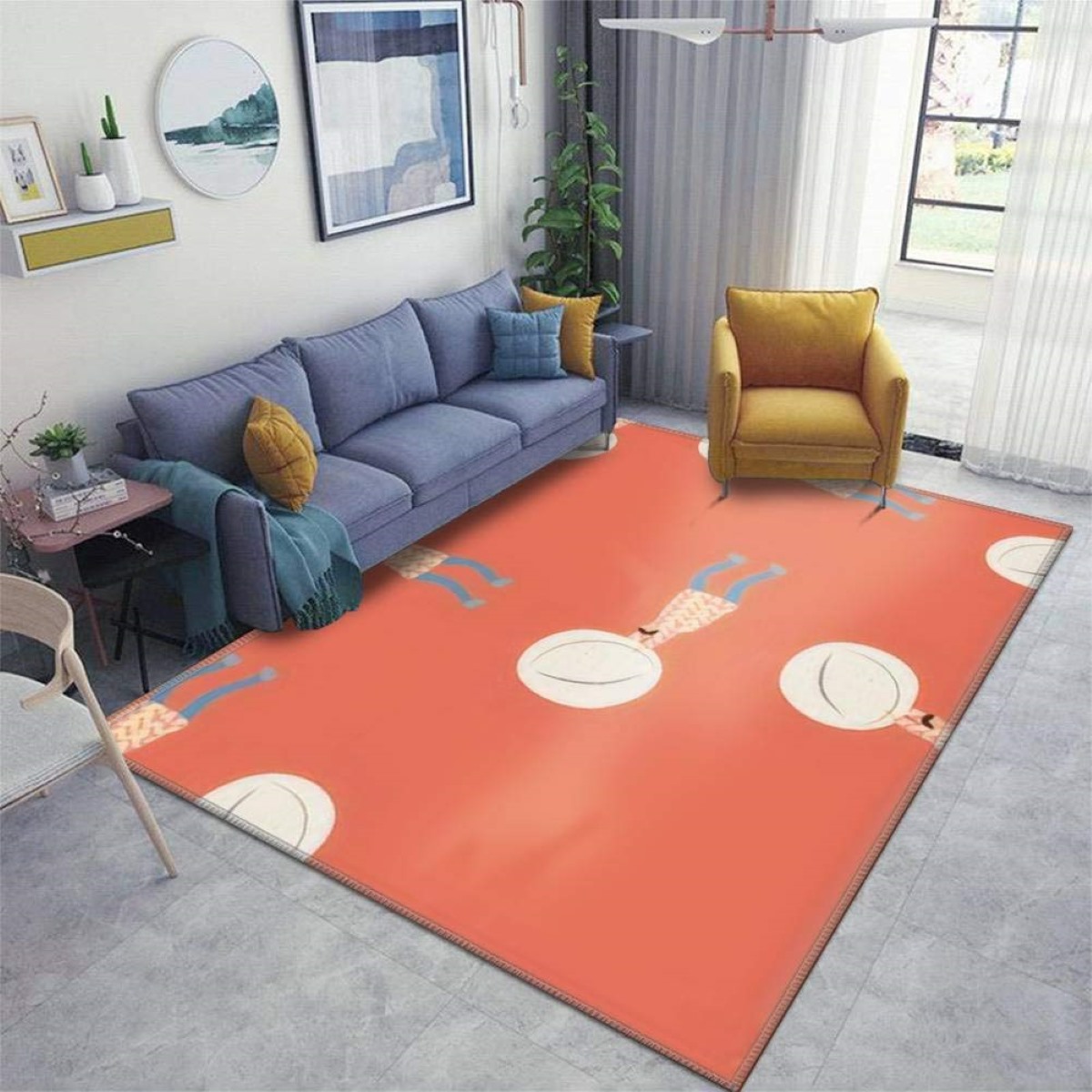
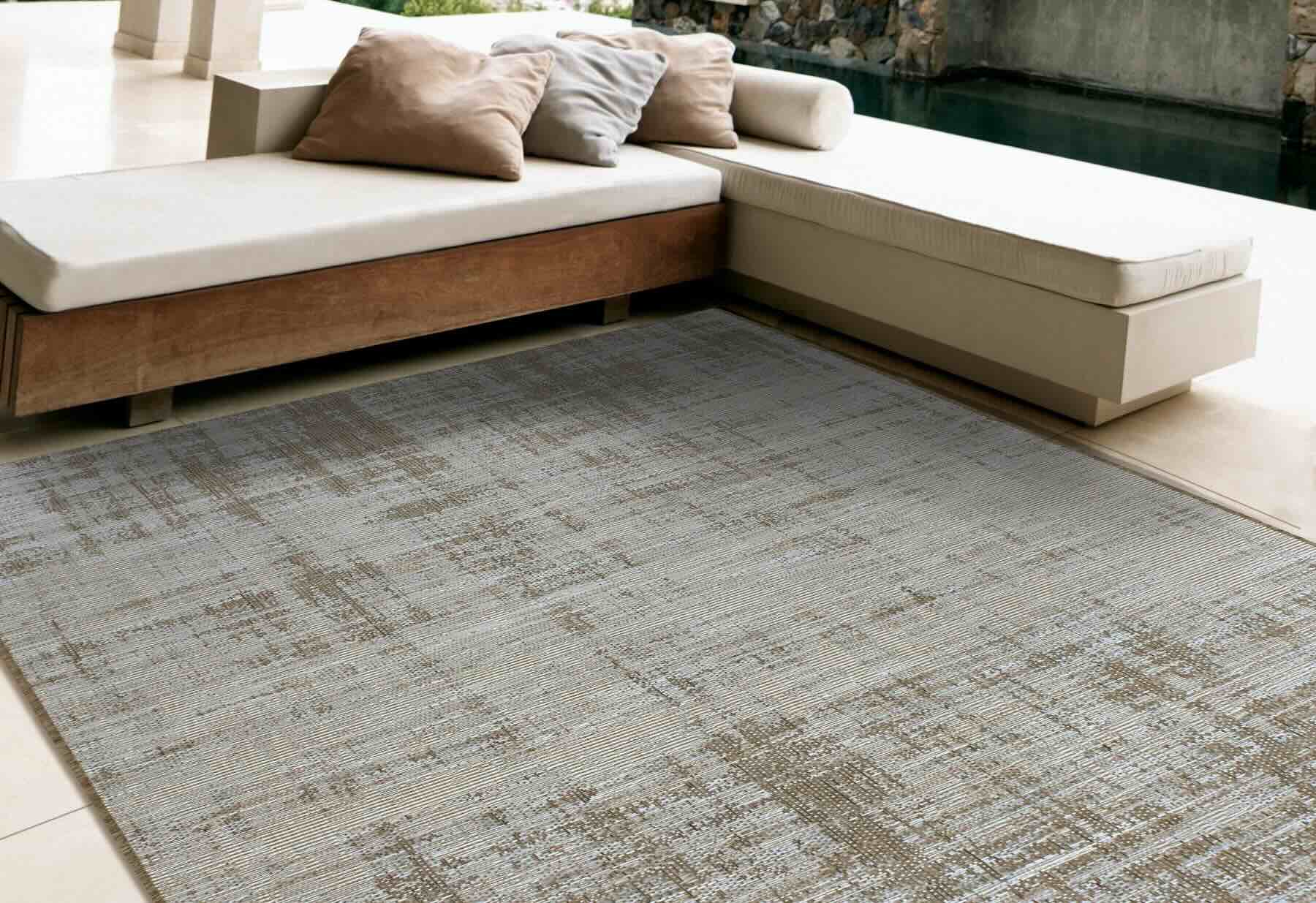
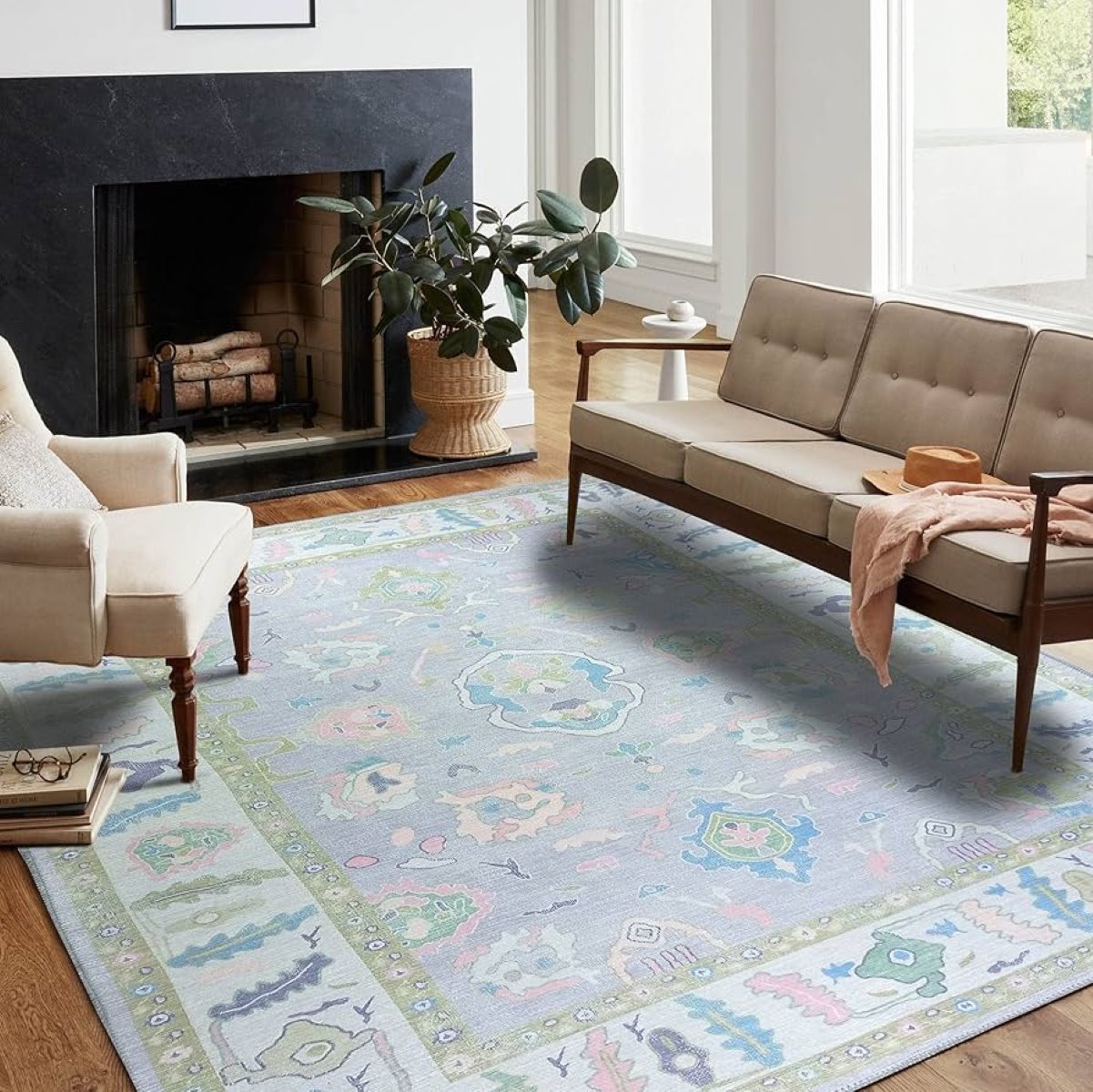
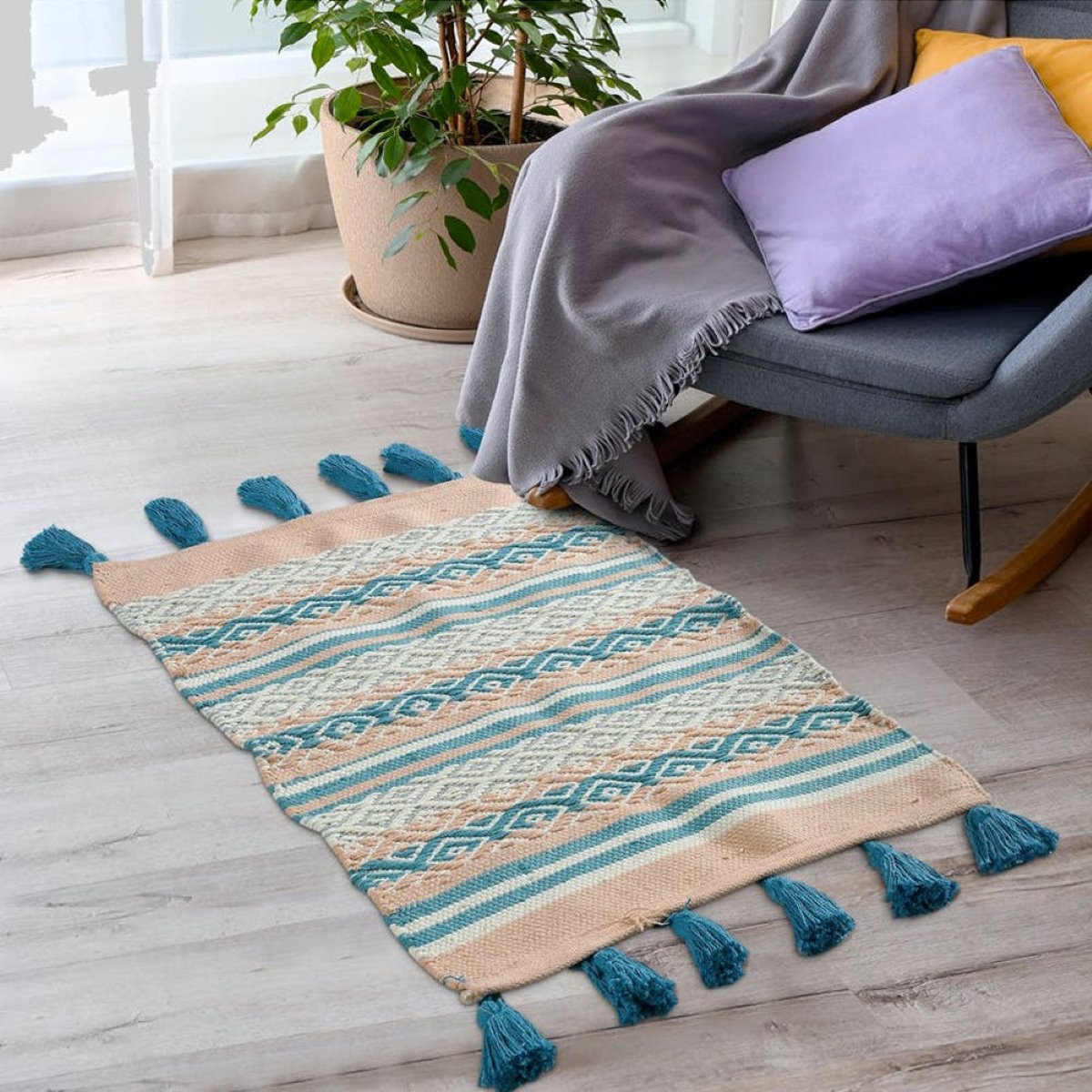
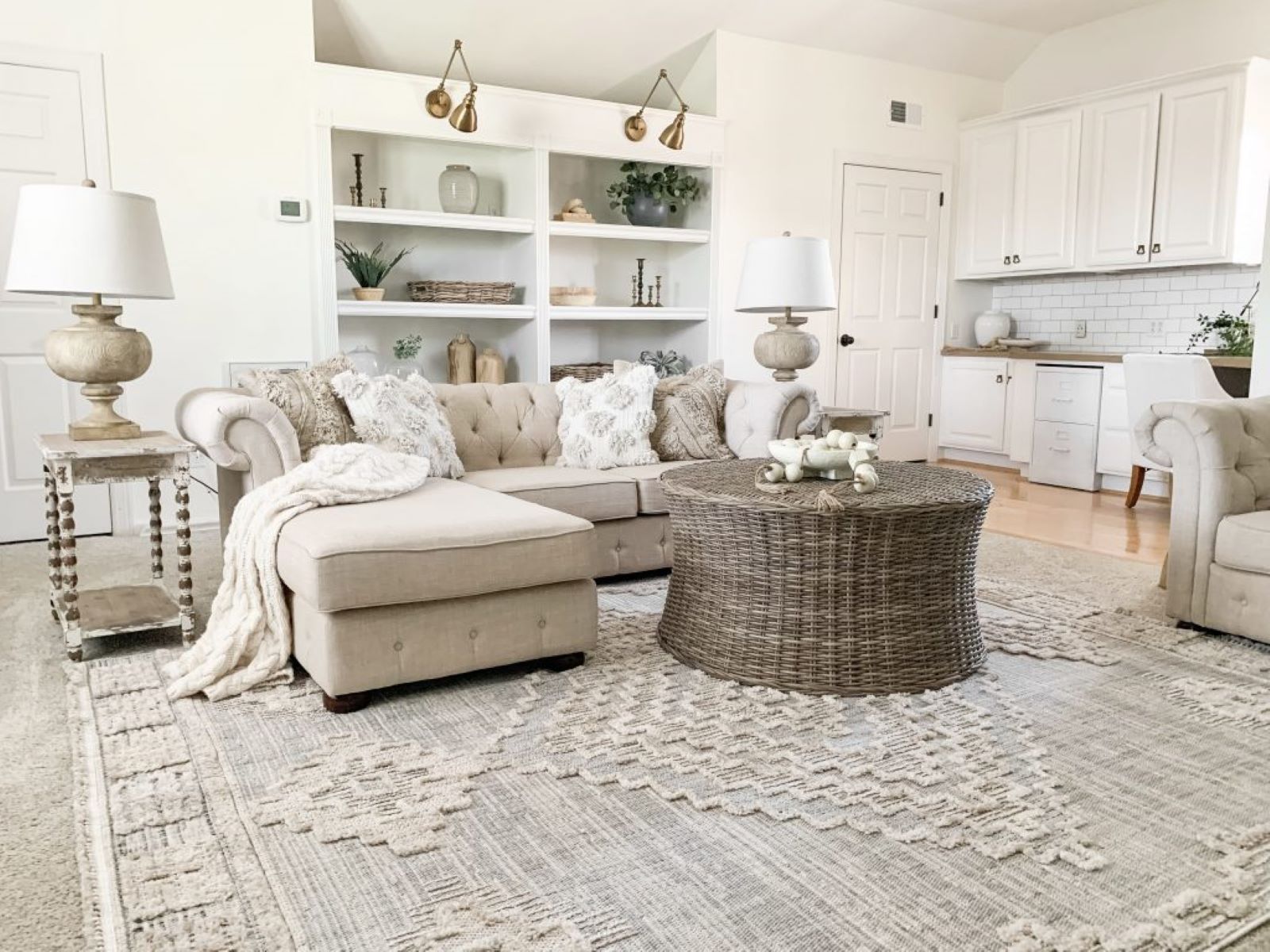
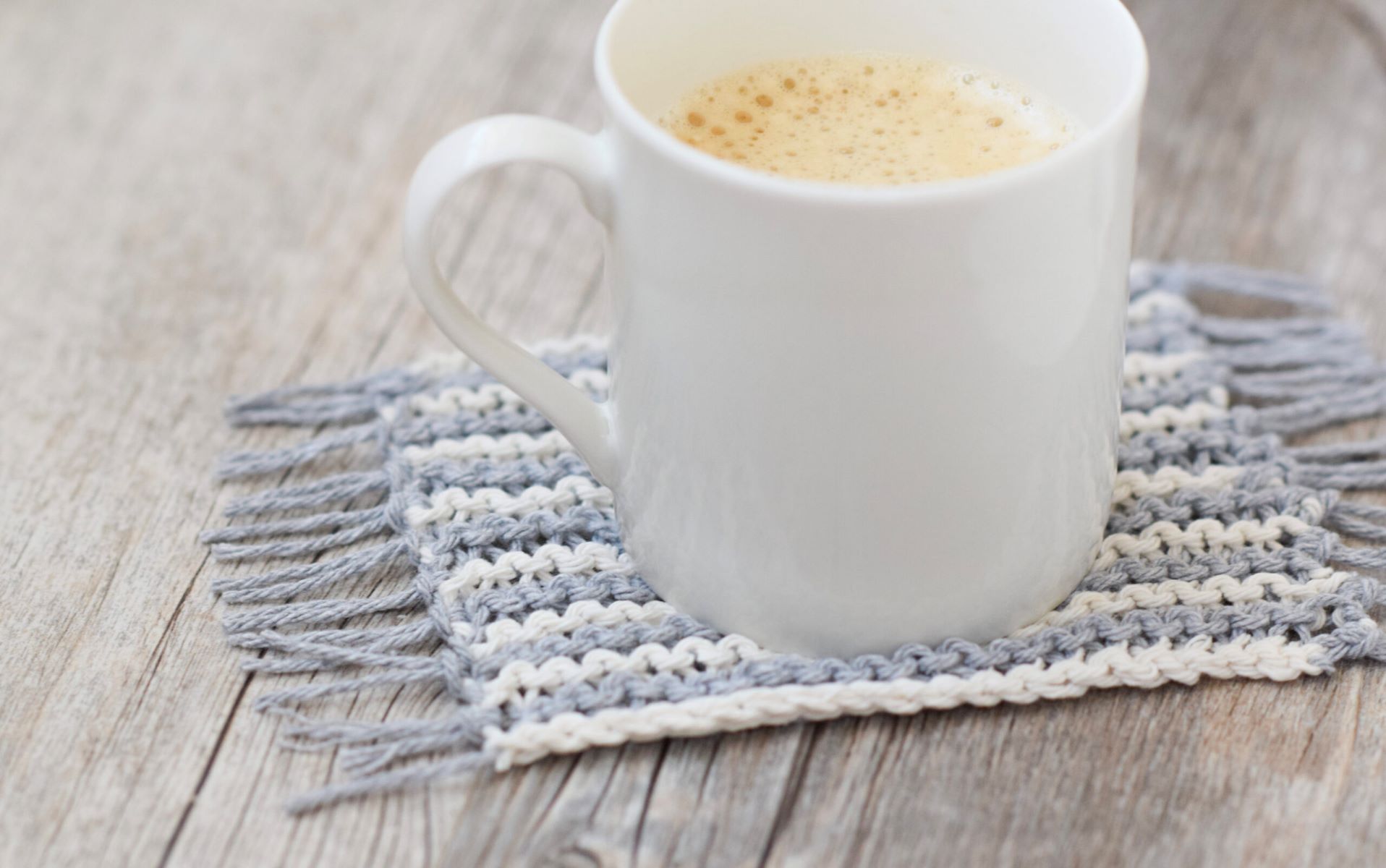
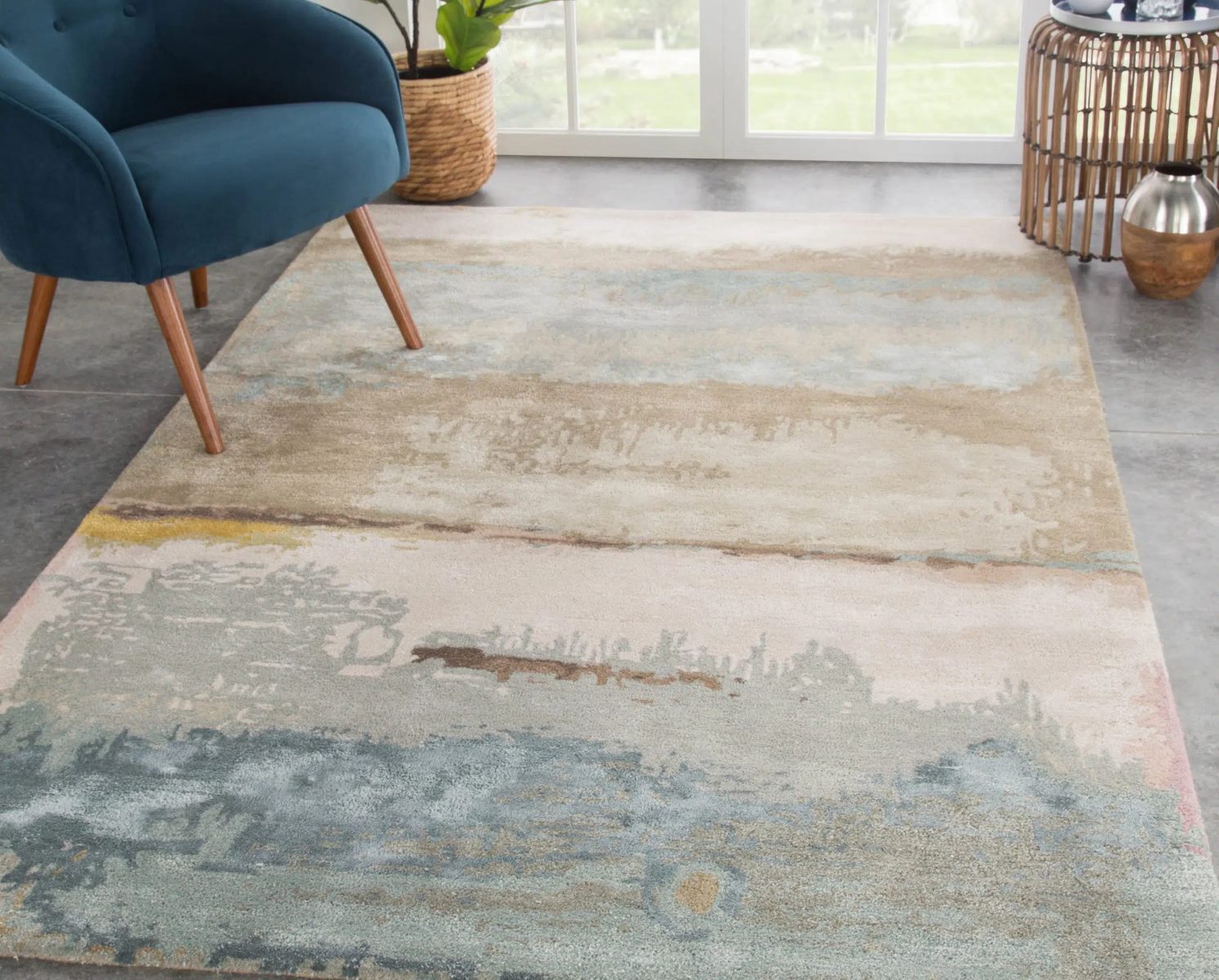
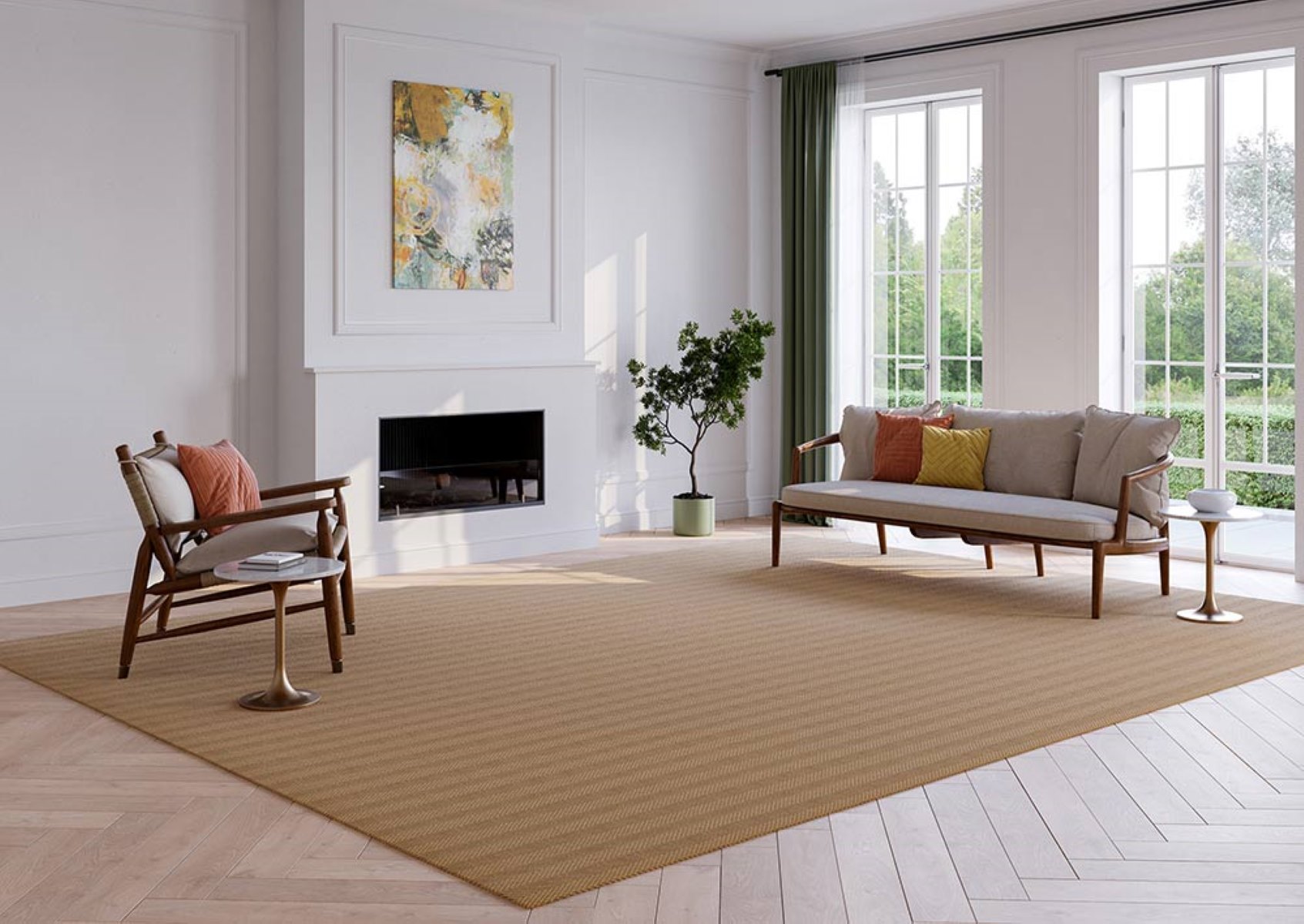
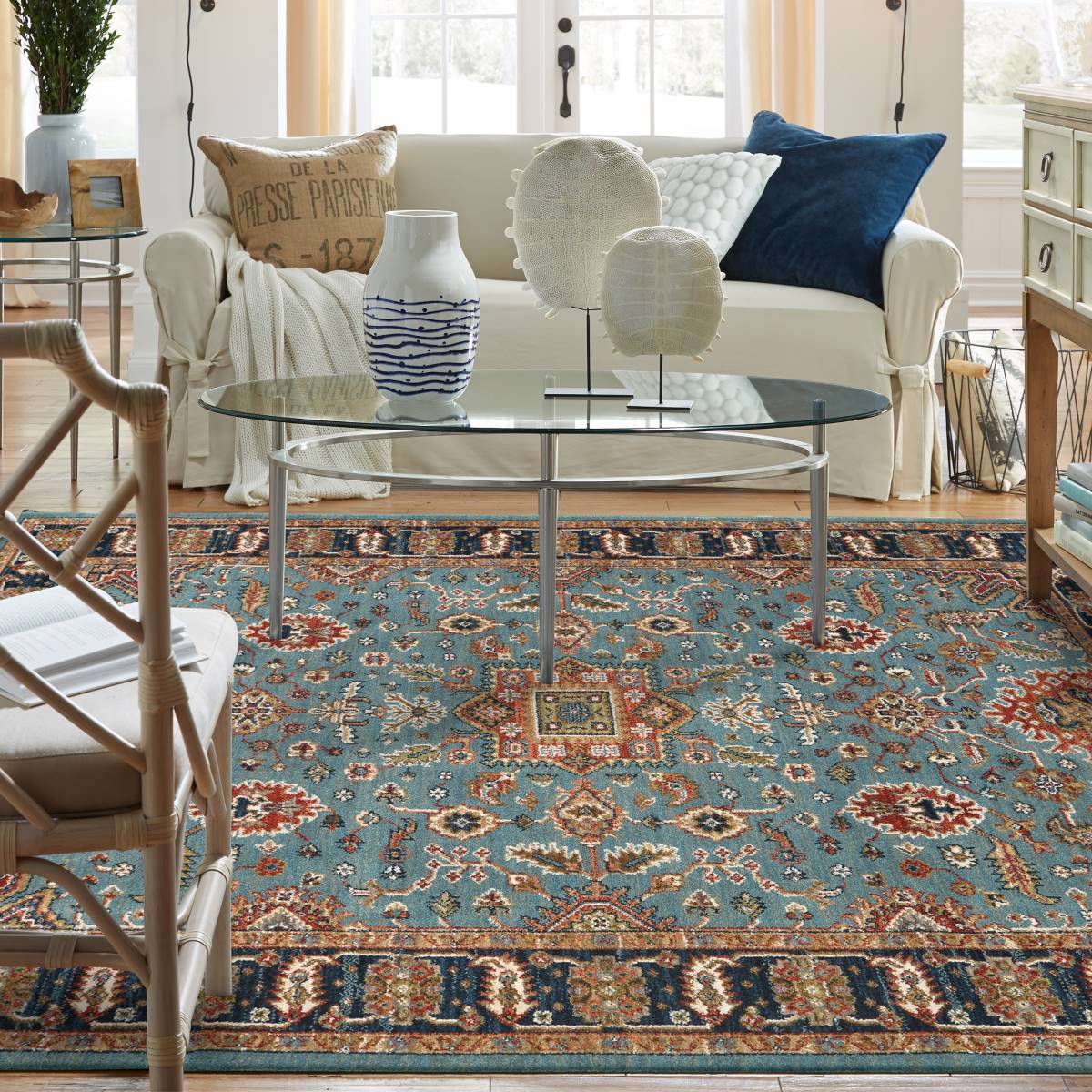
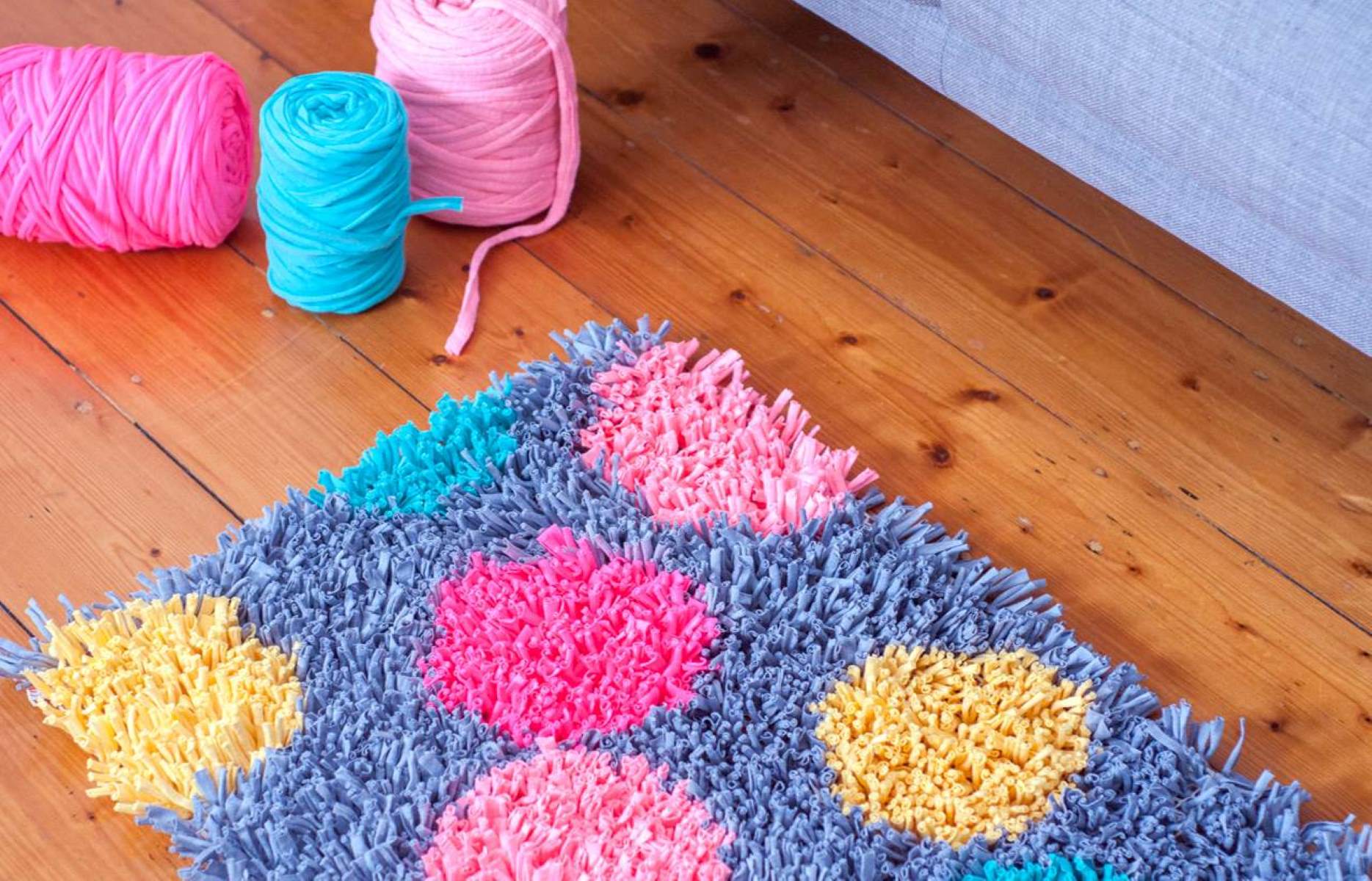
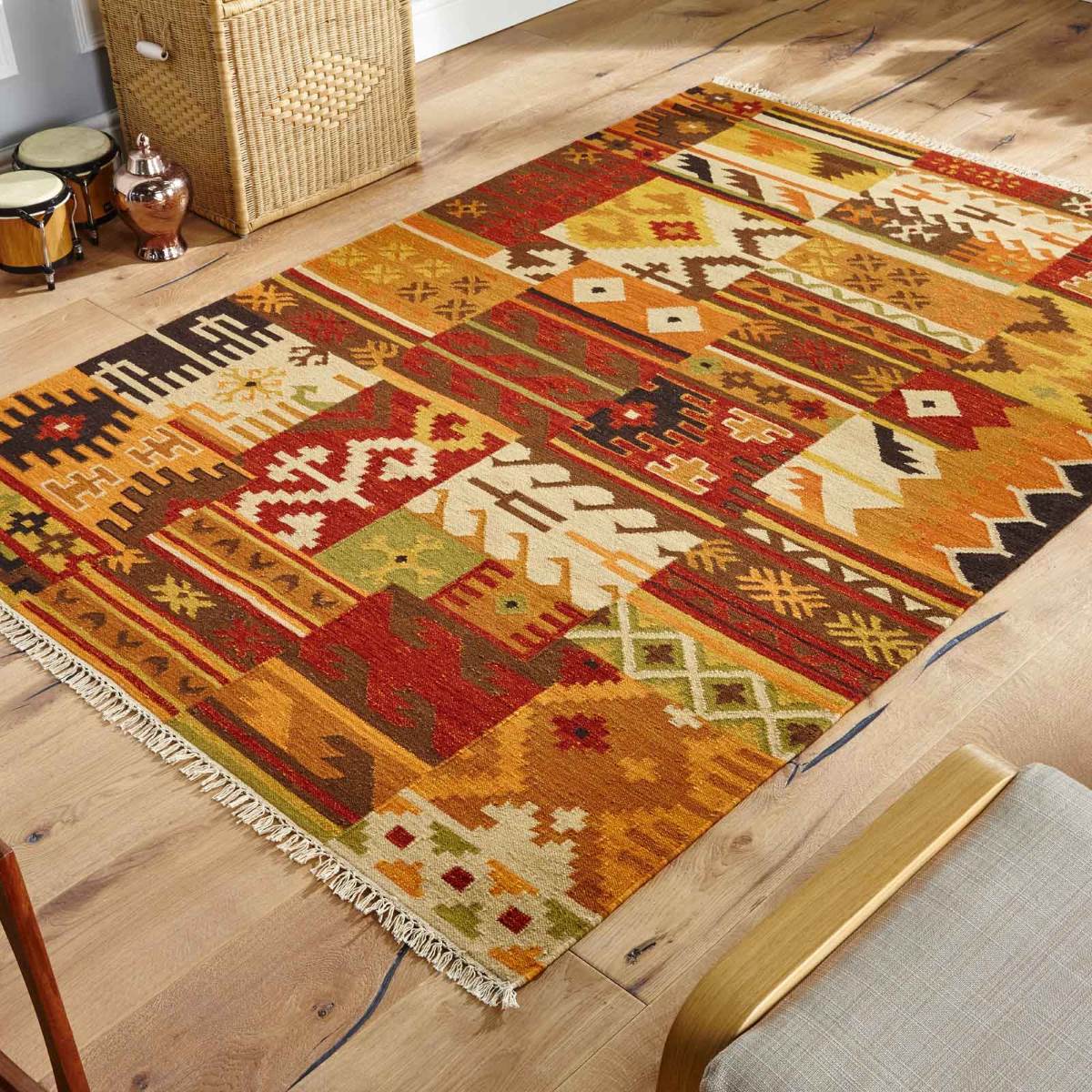
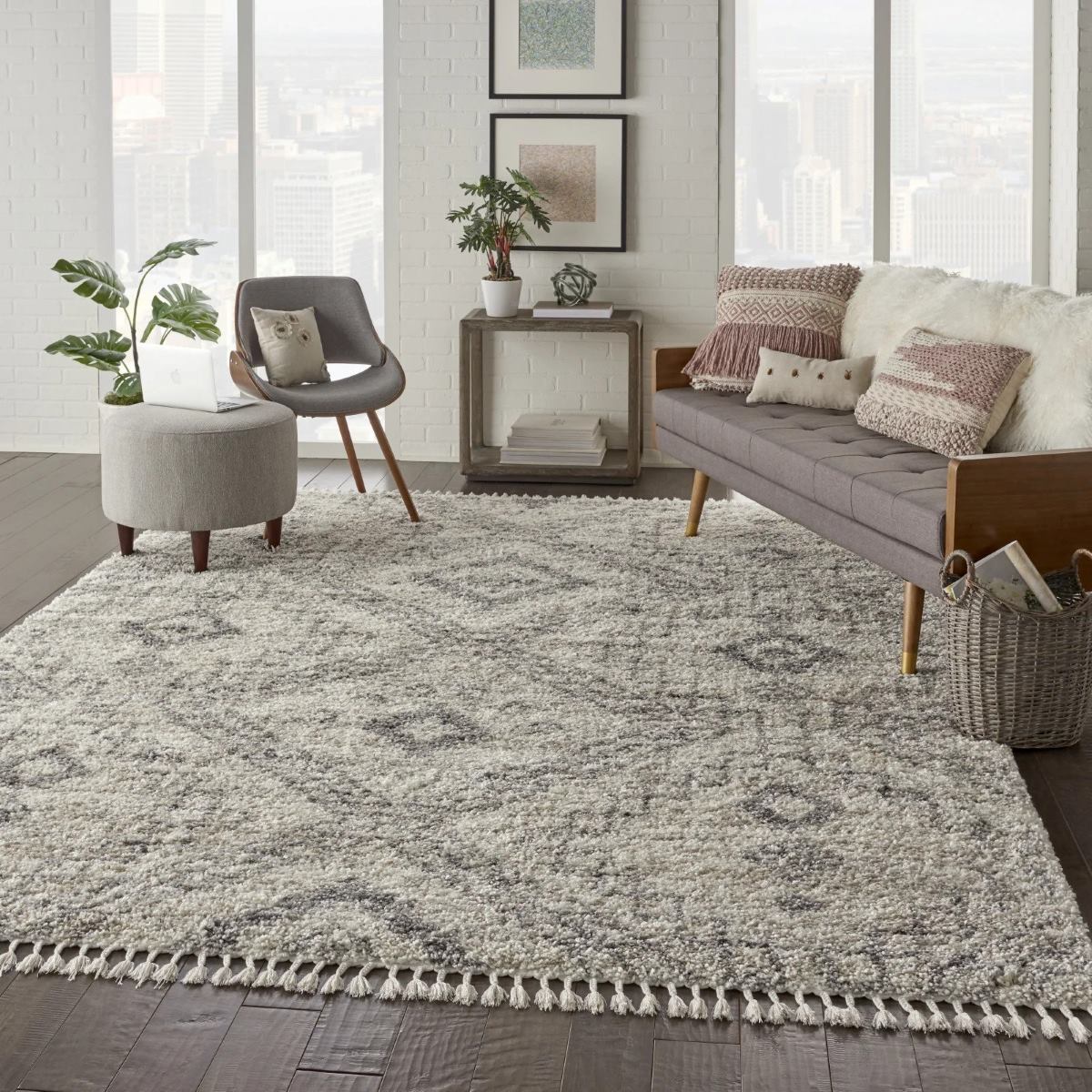

0 thoughts on “What Are Polypropylene Rugs”